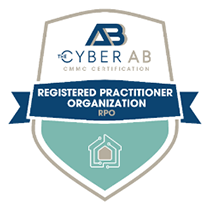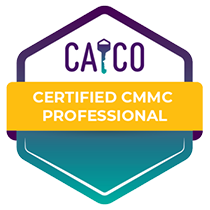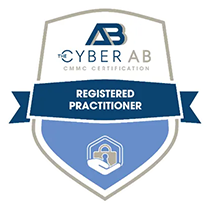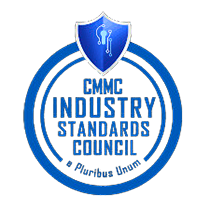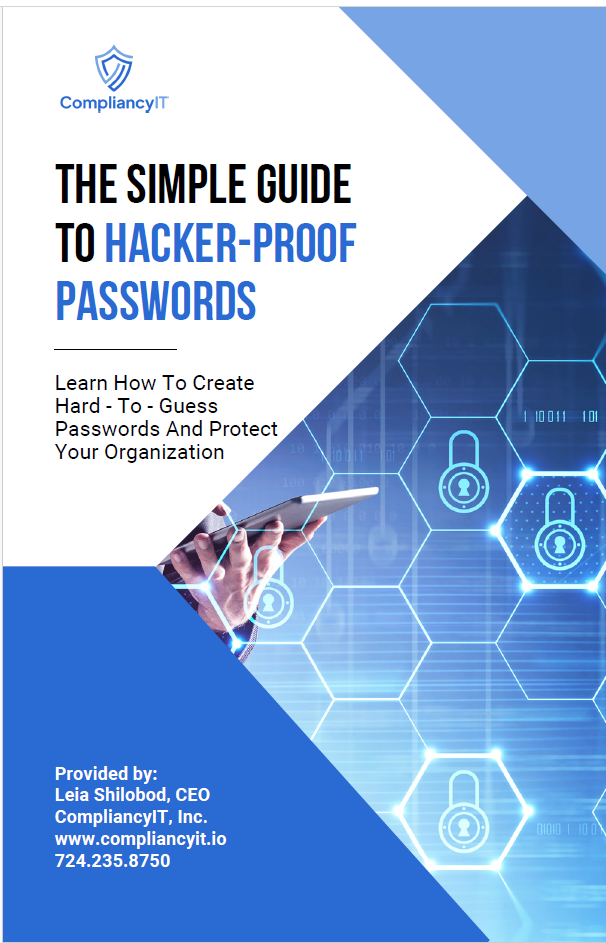 The long-anticipated CMMC Final Rule was officially published in December 2023, and with it came clarity, deadlines, and a sharpened framework for defense contractors navigating the complex world of cybersecurity compliance. For those who have been tracking this evolution since the original 2020 rollout—or still trying to catch up—here’s a straight-talking guide to what changed in CMMC 2.0, what’s been clarified now that the rule is final, and what you need to be doing now to prepare for enforcement in contracts.
The long-anticipated CMMC Final Rule was officially published in December 2023, and with it came clarity, deadlines, and a sharpened framework for defense contractors navigating the complex world of cybersecurity compliance. For those who have been tracking this evolution since the original 2020 rollout—or still trying to catch up—here’s a straight-talking guide to what changed in CMMC 2.0, what’s been clarified now that the rule is final, and what you need to be doing now to prepare for enforcement in contracts.
🔁 What Changed with CMMC 2.0?
Let’s start with the core changes introduced when CMMC 2.0 replaced the original model:
1. Streamlined Levels
CMMC 2.0 reduced the compliance levels from five down to three:
- Level 1: Focused on basic safeguarding (FAR 52.204-21) – 17 practices
- Level 2: Aligns directly with NIST SP 800-171 – 110 practices
- Level 3: Based on a subset of NIST SP 800-172 – not yet fully defined, reserved for highest priority programs
Gone is the confusing and resource-intensive Level 3 from the original model, which created a gap in expectations for most DIB contractors. Level 2 is now the true battleground—and the benchmark for Controlled Unclassified Information (CUI) protection.
2. Self-Assessment vs. Third-Party Certification
Perhaps the most strategic shift is who needs a third-party assessment and who doesn’t:
- Contractors handling CUI for critical national security programs will require a triennial C3PAO assessment.
- Contractors handling non-prioritized CUI will be able to submit annual self-assessments with affirmation by a senior company official (via SPRS).
- Level 1 contractors also follow annual self-assessment with affirmation, but no C3PAO involvement.
This tiered approach balances national security needs with cost and scalability concerns across the DIB.
3. POA&Ms are Back (with Conditions)
The original CMMC model offered zero tolerance for incomplete controls. Now, Plan of Action and Milestones (POA&Ms) are allowed for some controls—but not all—and they must be:
- Resolved within 180 days
- Related to non-high-weighted practices
- Accompanied by a minimum score threshold (details in DFARS 7020/7021 clauses)
This was a huge point of clarification in the Final Rule, answering a long-debated question: Can we certify if we’re close but not perfect?
4. Scoring and SPRS Submissions Matter
Another major clarification: NIST SP 800-171 DoD Assessment Methodology scores still apply. Contractors must:
- Use the 110-point scoring system
- Upload their scores to SPRS (Supplier Performance Risk System)
- Update these scores annually for Level 2 (if not requiring C3PAO)
This reinforces that compliance is not a checkbox—it’s an active, ongoing commitment.
🧠 Strategic Considerations Now That the Rule Is Final
With the rule finalized, you’re no longer planning in the abstract. You're now implementing against codified expectations. Here’s what should be top of mind:
1. Define Your CUI Boundary
Don’t guess. Know exactly where CUI is created, received, processed, transmitted, or stored. You’ll need to segment your network or isolate the CUI boundary for cost-effective compliance.
2. Decide Now: Self-Attest or Certify?
Begin mapping out which of your contracts (or future bids) may trigger a C3PAO requirement. If your customers are part of a priority program, you will need a third-party assessment. Start preparing as if it’s required—because it probably will be.
3. Get Your SSP, POA&M, and Score in Order
If you haven’t submitted a score to SPRS yet—or your SSP is dated 2022—get those house-cleaning tasks done immediately. You will need to demonstrate measurable, documented compliance progress to both customers and assessors.
4. Don’t Wait for It to Show Up in a Contract
CMMC requirements are expected to begin appearing in select DoD contracts starting late 2025, with full implementation by 2026. But that doesn’t mean you can wait.
Many primes are already flowdown-enforcing NIST 800-171 via DFARS 252.204-7012. If you're in their supply chain, you may be subject to internal audits or contract penalties now.
🧩 Final Thought: You’re Not Alone—But You Need a Strategy
CMMC 2.0 represents a more flexible, risk-based approach to securing the DIB. It’s more realistic than the original model, but it’s not optional, and it’s not easier. What it is—is clear.
You don’t have to become a compliance expert overnight. But you do need a partner who understands how to align your IT systems, documentation, and operational processes with the new requirements—and can prove it during an audit.
If you're unsure where to start or whether your documentation will hold up to scrutiny, our team specializes in compliant infrastructure, helpdesk, and strategic readiness for CMMC Level 2 and beyond. Let’s map out your path—before the clock runs out.
Need help assessing your current posture or preparing for a C3PAO audit?
Reach out to our team for a free readiness consultation.
